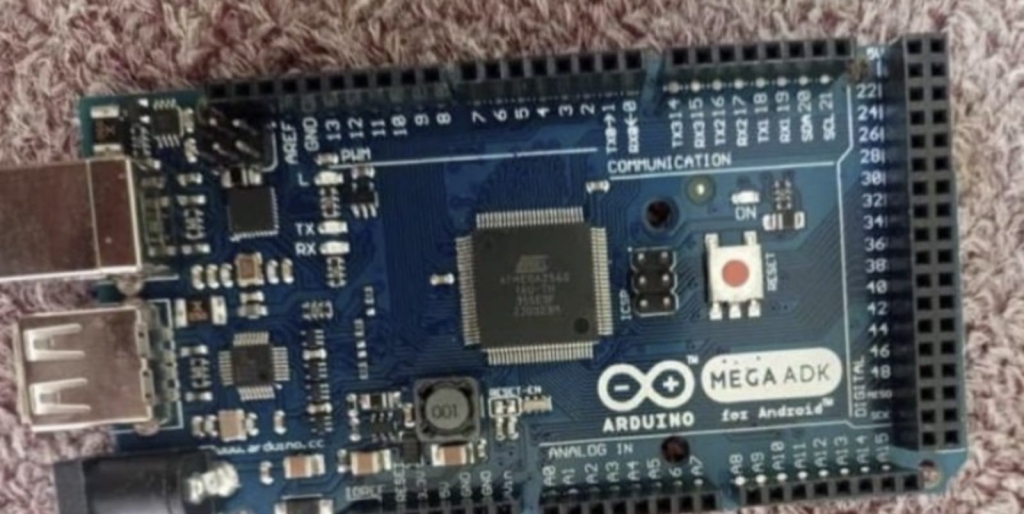Yemen Seizes 2,500 Tons Of Drone Factory Equipment Bound For Houthis In Massive Port Interdiction

Yemeni authorities intercepted a massive shipment containing over 3,000 drone-related components and complete manufacturing equipment at the Port of Aden on October 2, 2025, marking one of the largest drone-related seizures in the ongoing Yemen conflict. The 58 containers, weighing approximately 2,500 tons (5.5 million pounds), were discovered during routine customs inspection of a commercial vessel arriving from Djibouti.
This interdiction reveals a sophisticated supply network designed to give Iran-backed Houthi forces domestic drone manufacturing capability rather than relying solely on smuggled finished weapons. The timing is striking—coming just days after the U.S. Commerce Department blacklisted 15 Chinese companies on October 9 for facilitating drone component sales to Houthis and Hamas militants.
Complete Factory Equipment Disguised as Ordinary Cargo
The seizure was conducted by the Southern Transitional Council, a UAE-backed faction controlling southern Yemen. According to spokesman Lieutenant Colonel Mohammed Al Naqib, the cargo included jet propulsion units, launch platforms, control chips, surveillance equipment, and complete factory machinery capable of establishing a drone production line.
The shipment was disguised as industrial machinery and lacked proper documentation. Security officials revealed the cargo contained machine tools, lathes, carbon fiber, aluminum alloys, and electronic control systems—everything needed for domestic drone manufacturing rather than just operational components.
Brigadier General Abdulrahman Al-Mahrami, a member of Yemen’s Presidential Leadership Council, described the seizure as a “severe blow to Houthi military capabilities.” He emphasized the importance of tightening control over maritime and land entry points to prevent further smuggling.
China-Iran Supply Network Under Scrutiny
Investigations suggest the shipment was intended to replenish or augment drone production facilities damaged in recent U.S. and Israeli airstrikes targeting Houthi infrastructure. The discovery raises concerns about the expanding arms trafficking network, with links reportedly connecting suppliers in China, Somalia, and Iran.
The vessel had been rerouted to Aden after the Houthi-controlled port of Hodeidah sustained damage from Israeli strikes. This diversion proved fatal for the smuggling operation, as Aden remains under the control of forces opposed to the Houthis.
This marks at least the third major interception since August 2025. Previous operations uncovered similar Chinese-sourced equipment, including jet engine technology and first-person view systems that could significantly amplify Houthi drone capabilities.
Growing Threat to Regional Security
The Houthis have conducted more than 220 attacks on commercial vessels in the Red Sea and Gulf of Aden over the past two years, disrupting global maritime trade and costing the world economy billions. The Iran-backed group has also downed at least seven U.S. MQ-9 Reaper drones valued at $30 million each.
International observers have praised the interdiction operation, warning that advanced drone technology in the hands of non-state actors poses a growing threat to regional stability and maritime security. A detailed report on the shipment is expected to be submitted to the UN Security Council’s Sanctions Committee as part of ongoing efforts to enforce the international arms embargo on Yemen.
DroneXL’s Take
This seizure represents a critical inflection point in the Yemen conflict. Unlike previous interdictions of finished weapons or individual components, this operation caught a complete drone factory in transit—machine tools, raw materials, and all the infrastructure needed for industrial-scale production.
We’ve been tracking this supply chain evolution for months. The August 2025 seizure showed Houthis attempting to source Chinese manufacturing equipment, and now we’re seeing the strategy expand dramatically. This isn’t about replacing destroyed drones anymore; it’s about achieving manufacturing independence.
The timing matters. The U.S. just sanctioned 15 Chinese firms on October 9 for facilitating these exact sales, yet here we are two days earlier finding evidence of a massive shipment already in transit. It suggests the supply network operates well ahead of enforcement actions, with multiple shipments likely already delivered before authorities catch one.
What’s particularly troubling is the sophistication. These aren’t just off-the-shelf consumer drone parts. We’re talking jet propulsion systems, complete control architectures, and industrial fabrication equipment. Combined with the jet engine technology seized in February, the Houthis are clearly working toward long-range, high-speed capabilities that go far beyond the cheap kamikaze drones we’ve seen dominate Ukraine.
The broader pattern is undeniable: Chinese commercial drone manufacturing dominance creates dual-use export channels that feed conflicts worldwide. The same component types appear in Houthi arsenals, Russian operations in Ukraine, and Hamas attacks on Israel. Until someone figures out how to secure these global supply chains without crippling legitimate commerce, expect more “drone factories in a box” to slip through.
What do you think? Share your thoughts in the comments below.
